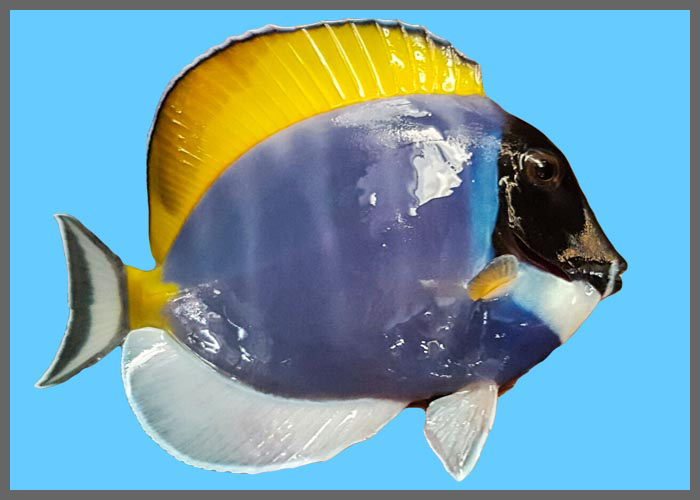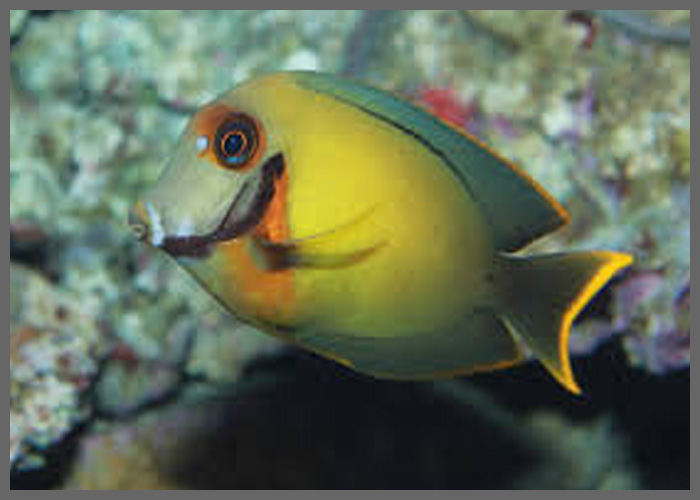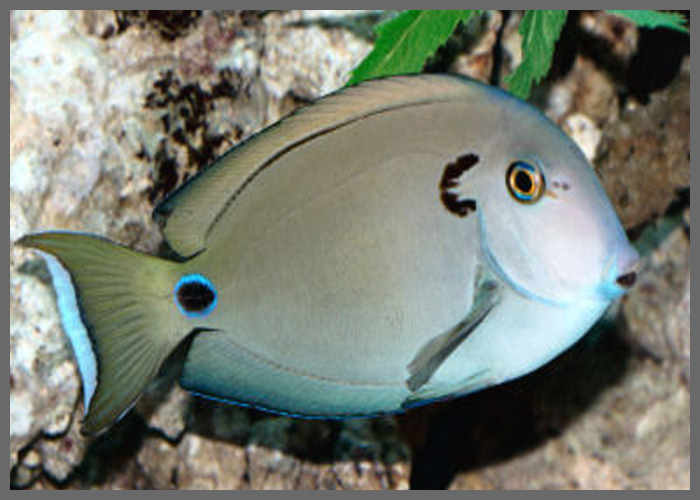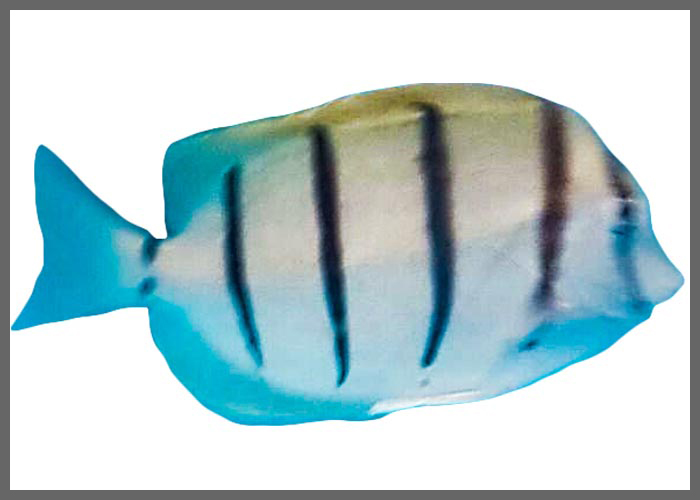- Color Form : Blue
- Diet : Herbivore

The marine aquarium fishery has been in existence in Sri Lanka since the 1930’s (Wabnitz et al., 2003). Marine aquarium species are exported mainly to western countries. Three main operational components constitute the industry, namely fish collectors, suppliers and exporters. It is believed that about 100o fish collectors, both scuba divers and snorkelers are engaged in this fishery island wide (Rajasuriya, 2009). About half of them live in the southern coast within Galle and Matara Districts. The fishery in the southern coast is conducted during the calm season from October to March. Aquarium species are collected by snorkeling among shallow inshore reefs and by scuba diving on offshore reefs to a depth of about 40m. Over the years an increase in the number of species and volume has been recorded.
Many of the species collected for aquaria are small, brightly colored and have high survival rates in captivity. However, there is also a demand for larger ‘showy’ individuals and for ‘curiosities’ such as the frogfish. Often, the males of many reef species are targeted due to their distinctive coloration and patterns. Male damsel and wrasse species are preferred to plain-looking females, and regularly attract higher prices on the market. (Roelofs, 2008)
Hence lot of identification issues comes with these closely related morphological features of the fish species. This is one of the smart way to identify highly valuable Sri Lankan Marine Ornamental Fish species.







